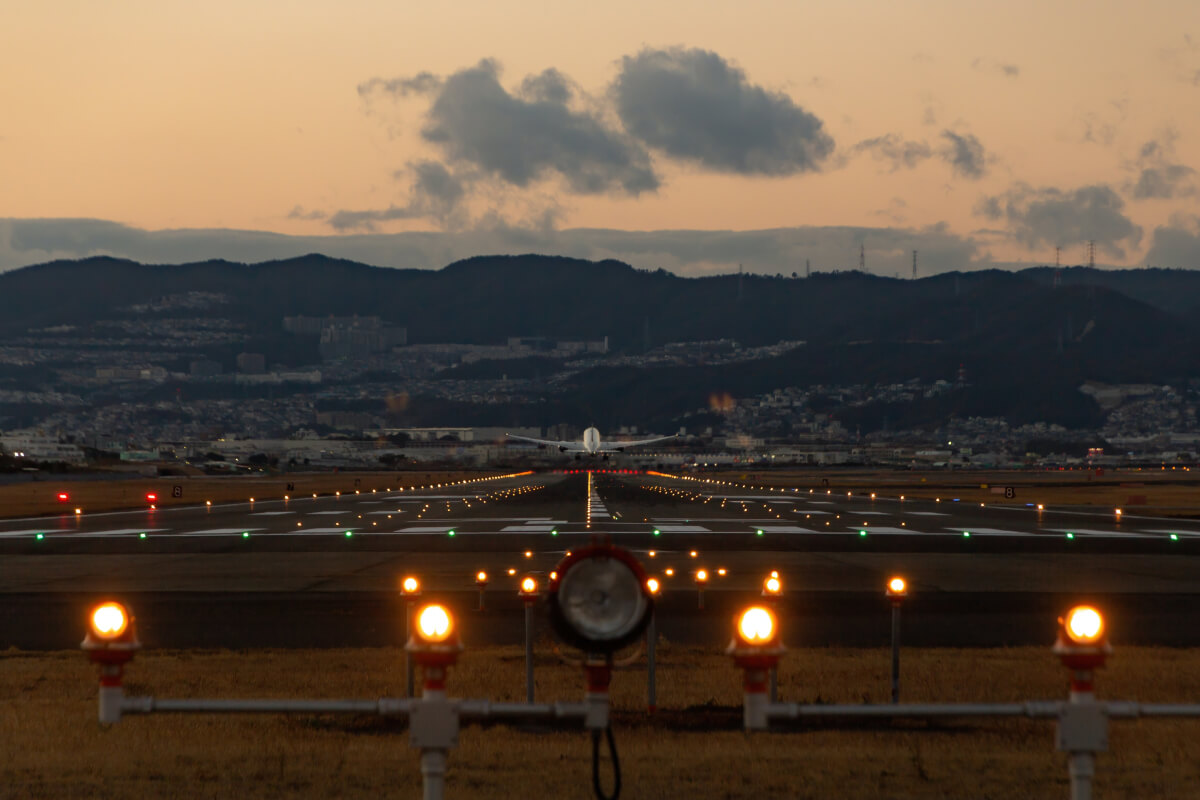Revolutionizing Air Traffic Management with Digital Technologies
In the vast expanse of the sky, where millions of passengers crisscross the globe daily, safety and efficiency are paramount. The backbone of ensuring smooth and secure journeys is air traffic management. Traditionally, this field has been highly reliant on manual processes and ground-based radar systems. However, with the advent of digital technologies, we are on the brink of a significant transformation in air traffic management that promises to revolutionize the way we fly.
The Challenge of Traditional Air Traffic Management
Traditional air traffic management, often referred to as ATC (Air Traffic Control), has been a remarkable achievement in ensuring safe travel. Still, it’s not without its challenges. Ground-based radar systems have limitations in terms of coverage and accuracy. The reliance on voice communication between pilots and controllers can lead to misunderstandings or delays, especially in congested airspace.
Digital Technologies to the Rescue
Digital technologies are reshaping air traffic management in several game-changing ways:
- Precision Surveillance with ADS-B: Automatic Dependent Surveillance-Broadcast (ADS-B) technology enables aircraft to broadcast their precise GPS-based positions, making it easier to track and manage aircraft with unprecedented accuracy.
- Data-Driven Decision-Making: Data analytics and artificial intelligence are being used to analyze vast amounts of data, helping controllers make more informed decisions and predict traffic patterns.
- Digital Communication: CPDLC: Controller-Pilot Data Link Communication (CPDLC) replaces voice communication with digital messages, reducing misunderstandings and streamlining communications, especially in complex airspace.
- Optimized Routes with PBN: Performance-Based Navigation (PBN) enables aircraft to fly more direct routes, reducing fuel consumption and emissions while minimizing congestion in the skies.
- Enhanced Safety with Collision Avoidance Systems: Advanced collision avoidance systems, such as TCAS (Traffic Collision Avoidance System) and ACAS (Airborne Collision Avoidance System), use digital technology to prevent mid-air collisions.
The Benefits of the Digital Revolution
The transition to digital air traffic management offers a multitude of benefits:
- Enhanced Safety: Digital technologies provide real-time, accurate data, allowing controllers to detect and respond to potential issues swiftly.
- Optimized Routes: Airlines can benefit from fuel savings and reduced flight times, which also contribute to lower carbon emissions.
- Reduced Delays: Improved communication and data sharing help prevent congestion and minimize delays.
- Increased Capacity: Digital systems can handle more aircraft simultaneously, enhancing airspace capacity.
- Environmental Sustainability: By reducing fuel consumption and emissions, digital technologies align with the aviation industry’s sustainability goals.

The Future of Aviation
As the aviation industry continues to grow, the need for efficient and safe air traffic management becomes increasingly critical. Digital technologies are the cornerstone of this transformation, promising to revolutionize the way we manage and navigate the skies. By embracing these innovations, we are not only ensuring a more efficient and sustainable future for aviation but also enhancing the safety and convenience of air travel for passengers worldwide. Welcome to the future of air traffic management, where the sky is not the limit; it’s just the beginning.







